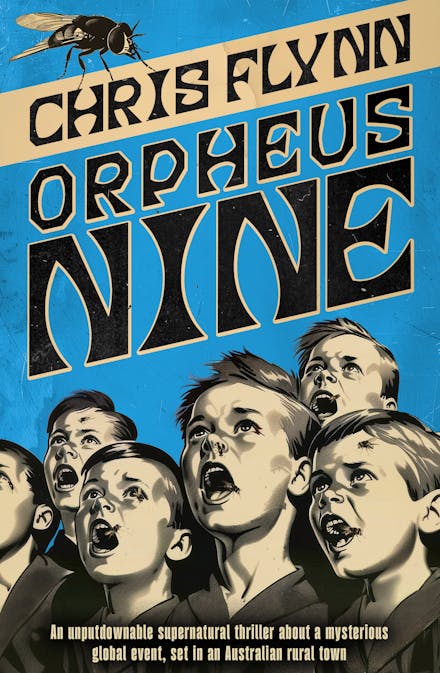Lifespan of a Fact

Over the past decade or so, the centrality of fact in journalism, in political discourse, and in long-form non-fiction writing itself has taken a hit. The days are long gone when readers of The Washington Post could have confidence that the journalists who broke open Watergate had not only done due diligence but had chased every fact down the rabbit hole of governmental corruption. Now readers tend to gravitate to media organisations that confirm their own bias and dismiss the others as hubs of half-truths and outright lies. But what if the facts obscured rather than revealed the heart of a story? What if the facts got in the way of the mood, the texture, and the feeling of a real-life event? Is there any justification for deliberate or poetic inaccuracy in non-fiction? Lifespan of a Fact, a new play currently being presented by the Melbourne Theatre Company, has us wondering.
Continue reading for only $10 per month. Subscribe and gain full access to Australian Book Review. Already a subscriber? Sign in. If you need assistance, feel free to contact us.















Leave a comment
If you are an ABR subscriber, you will need to sign in to post a comment.
If you have forgotten your sign in details, or if you receive an error message when trying to submit your comment, please email your comment (and the name of the article to which it relates) to ABR Comments. We will review your comment and, subject to approval, we will post it under your name.
Please note that all comments must be approved by ABR and comply with our Terms & Conditions.